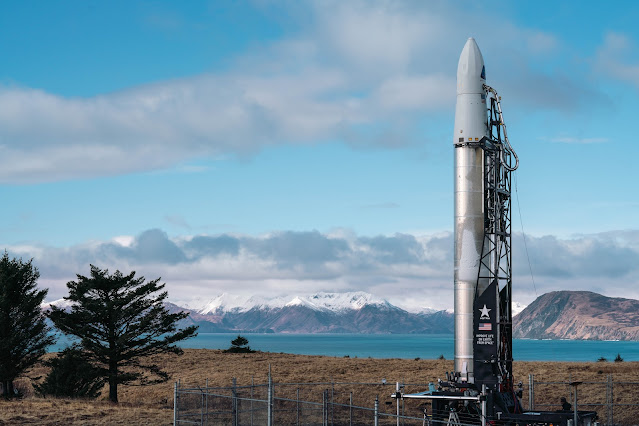Exploring Cosmic Origins with NASA’s SPHEREx | JPL
About the size of a subcompact car, NASA’s SPHEREx space telescope will map the entire sky to study the rapid expansion of the universe after the big bang, the composition of young planetary systems, and the evolutionary history of galaxies. The Spectro-Photometer for the History of the Universe, Epoch of Reionization and Ices Explorer (SPHEREx) mission will provide the first all-sky spectral survey. Over a two-year planned mission, the SPHEREx Observatory will collect data on more than 300 million galaxies along with more than 100 million stars in the Milky Way in order to explore the origins of the universe. Launch is scheduled for June 2024.
SPHEREx will survey hundreds of millions of galaxies near and far, some so distant their light has taken 10 billion years to reach Earth. In the Milky Way, the mission will search for water and organic molecules—essentials for life, as we know it—in stellar nurseries, regions where stars are born from gas and dust, as well as disks around stars where new planets could be forming.
Every six months, SPHEREx will survey the entire sky using technologies adapted from Earth satellites and interplanetary spacecraft. The mission will create a map of the entire sky in 96 different color bands, far exceeding the color resolution of previous all-sky maps. It also will identify targets for more detailed study by future missions
SPHEREx Principal Investigator (PI) Dr. Jamie Bock leads the investigation. The California Institute of Technology and Jet Propulsion Laboratory (JPL) will develop the SPHEREx payload. The spacecraft will be supplied by Ball Aerospace. The Korea Astronomy and Space Science Institute will contribute the non-flight cryogenic test chamber. The data will be made publicly available through the Infrared Processing and Analysis Center. In addition to the Caltech/JPL and international scientists, the SPHEREx team includes scientists at institutions across the country, including UC Irvine, Ohio State University, the Harvard-Smithsonian Center for Astrophysics, Arizona State University, the University of Arizona, Rochester Institute of Technology, Argonne National Laboratory, and Johns Hopkins University.
Credit: Jet Propulsion Laboratory (JPL)
Duration: 3 minutes, 56 seconds
Release Date: March 24, 2022
#NASA #Space #Astronomy #Telescope #Observatory #SPHEREx #Orbiter #Galaxies #Stars #Planets #Exoplanets #Cosmos #Universe #Science #Engineering #BallAerospace #JPL #Pasadena #California #UnitedStates #KASI #Korea #한국 #STEM #Education #HD #Video
.jpg)






.jpg)


Exp66.jpg)
Exp66.jpg)
Exp66.jpg)
Exp66.jpg)




ULAV1.jpg)

